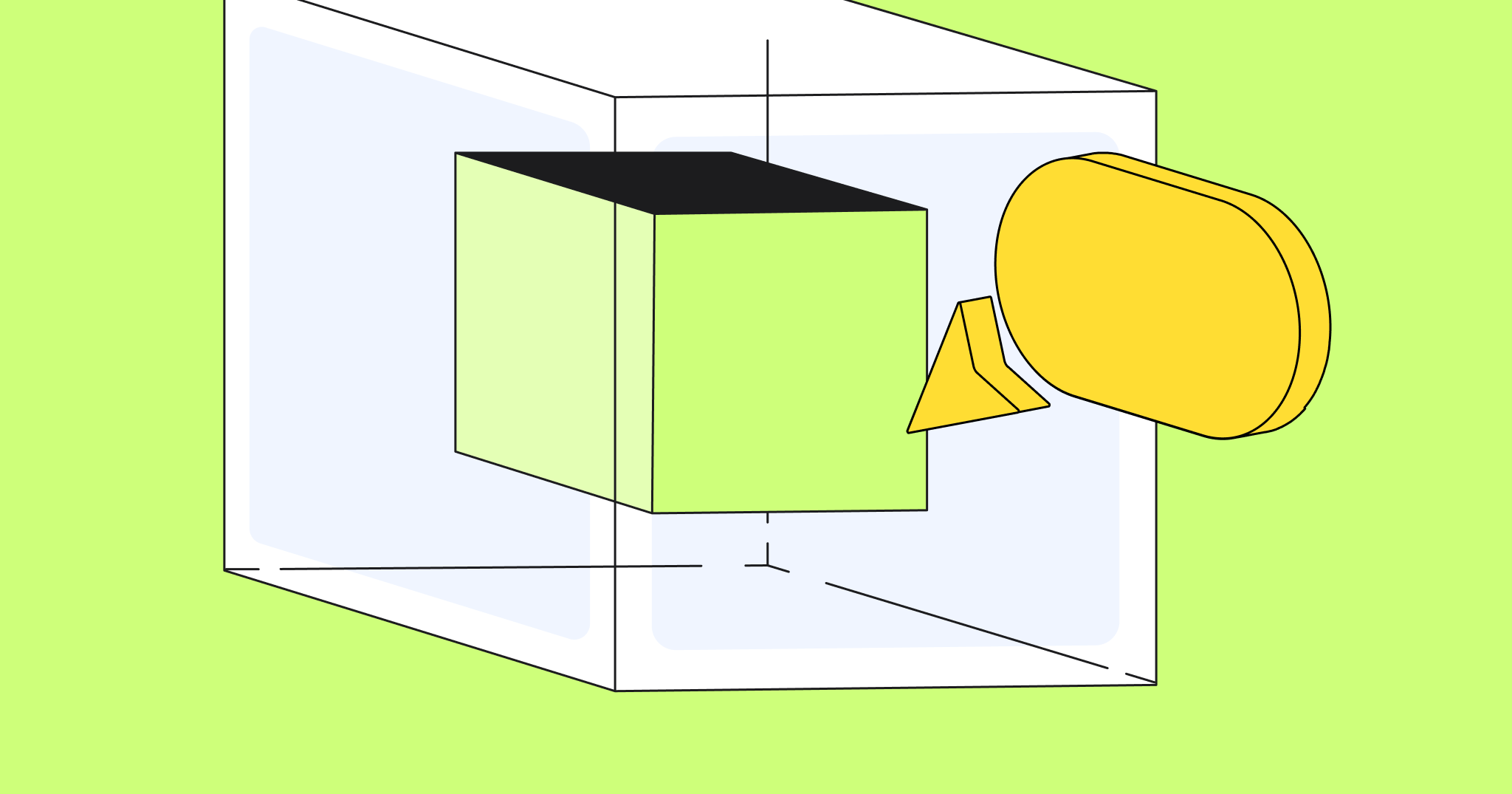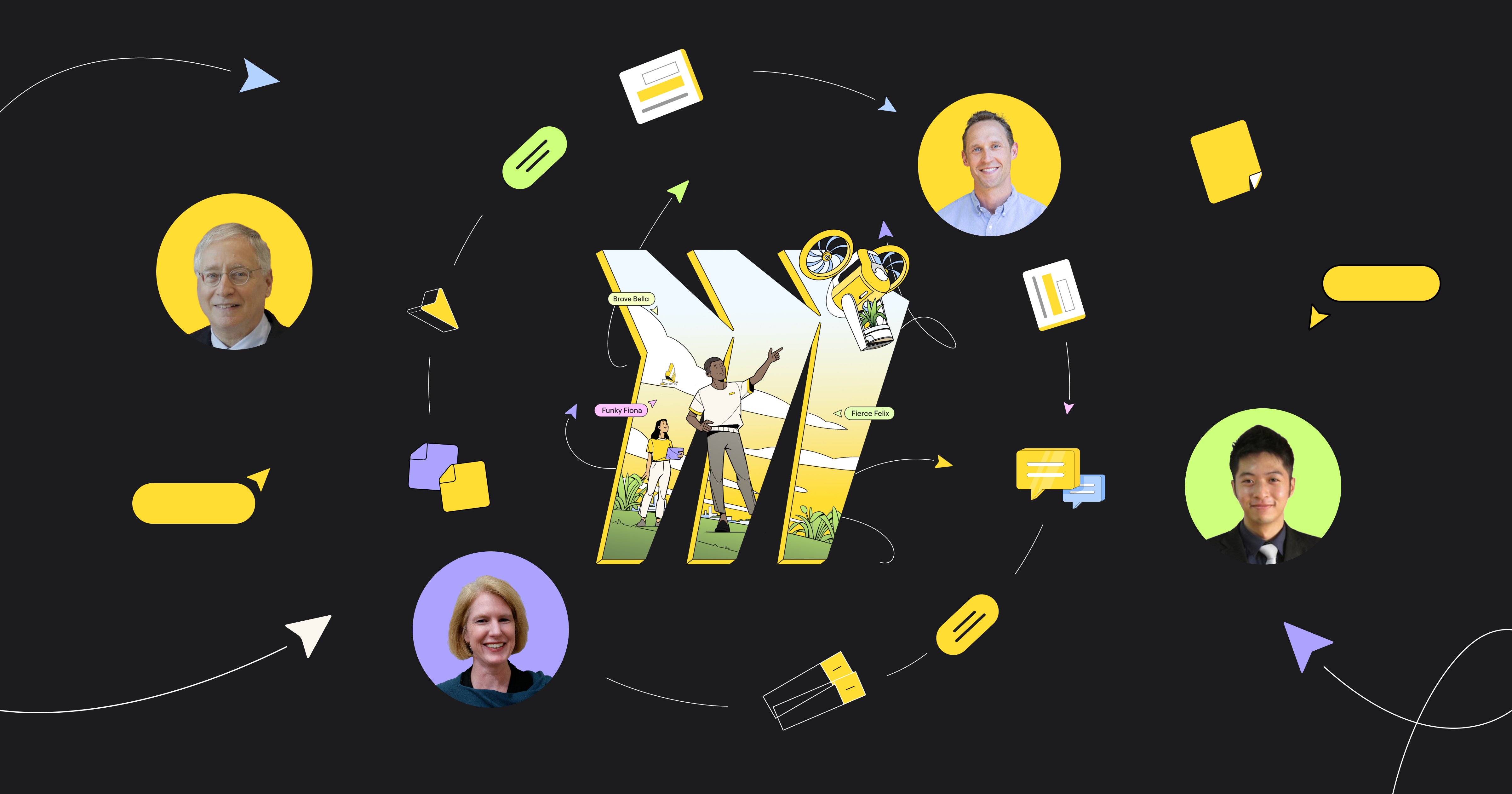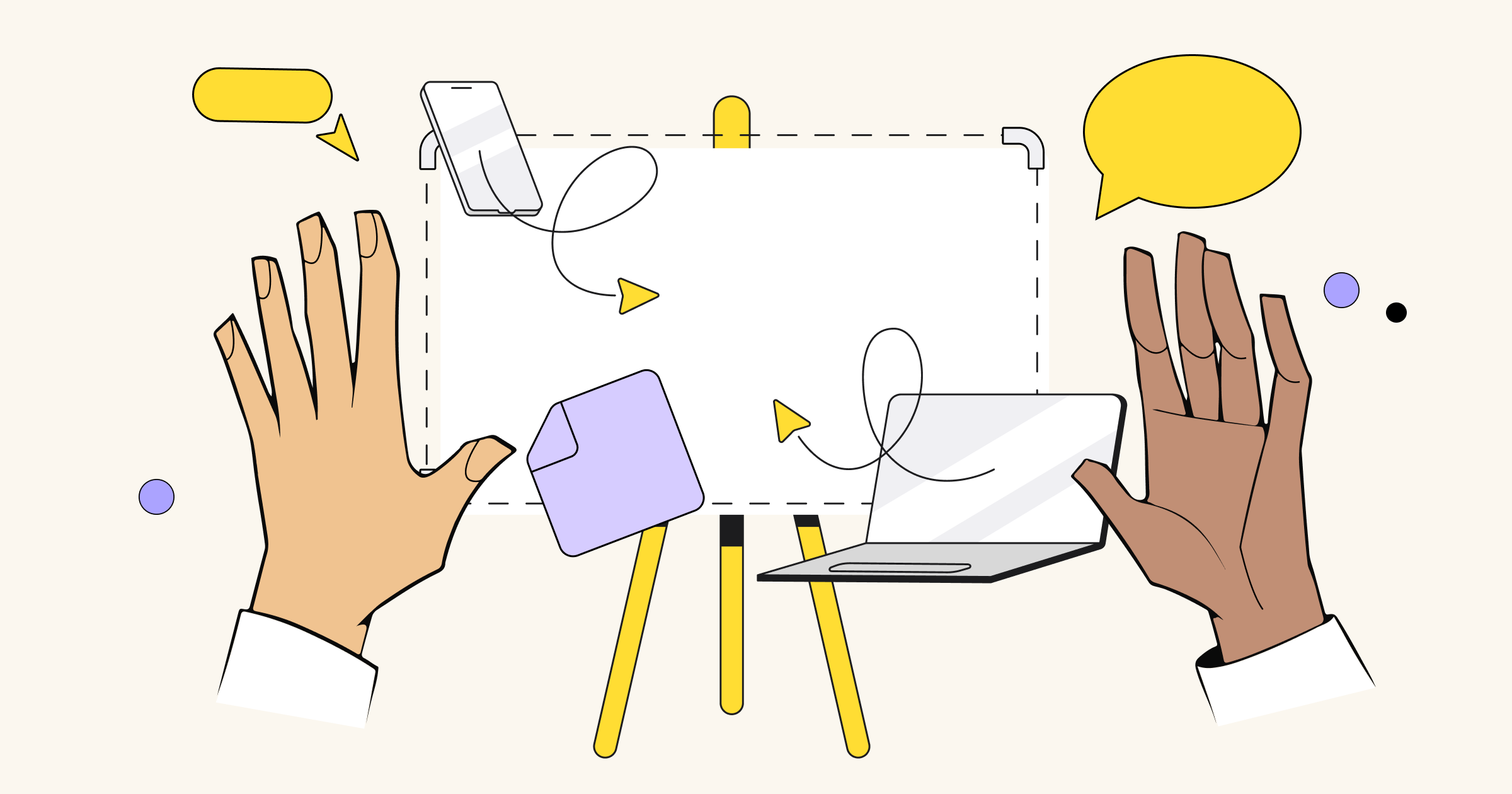By providing access to vast amounts of data and increasing computational power, AI and machine learning are changing how we work. In product development, this new technology is creating an opportunity for Agile teams to overcome the limitations of traditional processes and instead focus on more meaningful work.
From supercharging iteration to amplifying creativity, here are a few ways AI will change product development for the better — and how teams can use new AI and machine learning tools to their advantage.
AI takes care of tedious tasks and frees time for high-value work
AI and machine learning algorithms have the ability to quickly and accurately synthesize large amounts of data, and recognize patterns or correlations that humans might miss. This makes them useful for automating manual, repetitive tasks, like sorting and grouping backlogs and filling out user stories. While AI handles mundane tasks, teams can focus on higher value activities like strategy..
Cross-functional Agile teams may look different as a result. A project that typically requires a team of ten may now only need two. Developers can divide and conquer by breaking out into smaller teams that work on different features or products simultaneously, allowing them to cover more ground with the help of AI.
This will make the pace of work even faster. Tasks that normally take a week, like achieving a sprint goal, could potentially be compressed into a day. Rapid development cycles means sprints can potentially become shorter, and the overall structure and purpose of meetings like Sprint Planning and Daily Scrum will likely evolve. Because of this, teams will need to take a more flexible approach to Agile frameworks.
AI makes iteration faster
The swift pace of development will result in rapid prototyping and testing cycles, allowing you to quickly innovate, vet, and refine ideas. Instead of spending time and resources on mock-ups, the team can leverage AI to instantly produce design ideas and prototypes. This will ultimately lead to smaller, faster releases.
AI-powered analysis can also identify insights and areas for improvement, allowing product development teams to spend more time in deep exploration and problem solving. For instance, generative AI tools can run multiple simulations and analyze each outcome, allowing teams to iterate until the optimal solution to a design problem can be found.
AI amplifies creativity
AI can also be your brainstorming partner. AI-powered innovation tools help teams generate mindmaps, analyze patterns, and suggest design improvements. This empowers product developers to come up with new ideas and explore new ways of thinking.
AI’s ability to instantly develop narratives, images, and video allows you to easily experiment with new formats so you can transform ideas into new structures to see what works best. For example, instead of manually creating user stories, you could use generative AI to try new formats that bring these narratives to life. By bringing the user’s point of view to the forefront, teams can brainstorm new ways to improve functionality. You can explore different formats like Jobs to be done (JTBD) and see if these improve understanding or introduce a better perspective.
Deep learning helps you better understand customer needs
Customer insights typically contain qualitative, unstructured data, like social media chatter or focus group responses. Historically, this type of data has been difficult and time-consuming to analyze. Now, deep learning algorithms can synthesize feedback into usable insights that help you gain a sharper understanding of your market.
It can also identify trends, detect subtle patterns, and uncover hidden requirements that humans may miss. A more nuanced understanding of customer needs and pain points can then be translated into value-added product features that resonate with your market. Not only will you be able to go to market faster, your product-market fit will likely be better.
Human ingenuity and expertise is still needed for success
Despite advancements in AI and machine learning, human judgment and knowledge are still essential. Product development roles will evolve to focus on strategic thinking and innovative problem-solving rather than rote, task-based activities. Product developers will also need to draw on their expertise to direct how AI tools are applied, select data parameters, and discern if outputs are sufficient.
Rather than replace product development professionals, ultimately, AI and machine learning technology will enhance their abilities. Product development teams that harness both human ingenuity and these transformative technologies will be the ones who excel at developing groundbreaking product innovations in the future.




